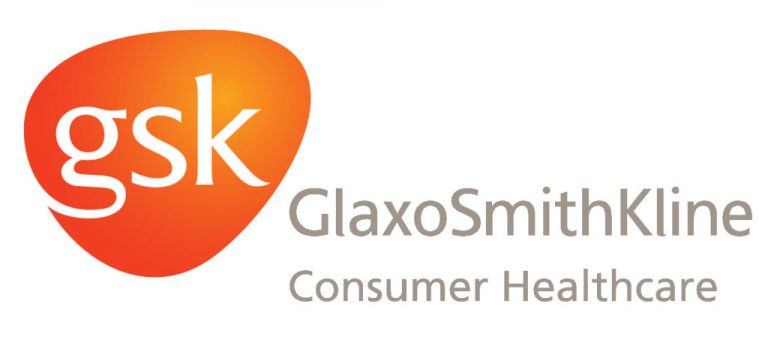
GlaxoSmithKline Plc (NYSE:GSK) has acquired European commercialization rights for one of the most expensive drugs in history. Strimvelis is the gene therapy for a rare medical condition dubbed ‘bubble boy disease.’ Given that the onetime treatment goes for a staggering $665,000, the drug maker plans to offer a money-back guarantee.
Strimvelis Warranty
According to the deal, the drug will have to deliver the desired impact or else a certain amount will be returned to patients upon administering the treatment. As it stands, Strimvelis is the first drug to come with a warranty, which understandably makes sense given its price tag. Money back guarantees on drugs are a common phenomenon in Italy, regulators having collected $220 million from 90 drugs last year alone.
Approved in Europe early this year, the drug is designed to deliver a missing gene to the bone marrow of children with ADA-SCID. The conditions, which can be fatal, is known to reduce the ability of patients to fight infections.
GlaxoSmithKline is to offer the drug only in Milan, a move that would require patients to travel from all over Europe to access it. Some of the pricing models already proposed for the drug include staggered payments over a period of years.
Cheaper Option
Even though at $665,000 Strimvelis appears to be very expensive, it is relatively cheap compared to other gene therapies available. Costs for a bone marrow transplant from another person can reach highs of $1 million for the treatment of ADA-SCID. Enzyme injections, on the other hand, cost as much as $250,000 a year and must be continued.
The fact GlaxoSmithKline and Italy reached a price tag of below the $1 million mark for Strimvelis came as a surprise to many in the industry. In the near term, the drug maker will not be able to make a sizeable return from the drug given that it only expects an average of eight patients a year. However, there is hope that an entire platform will crop up from the drug to target other conditions thereby offering greater commercial opportunities in the long run.




